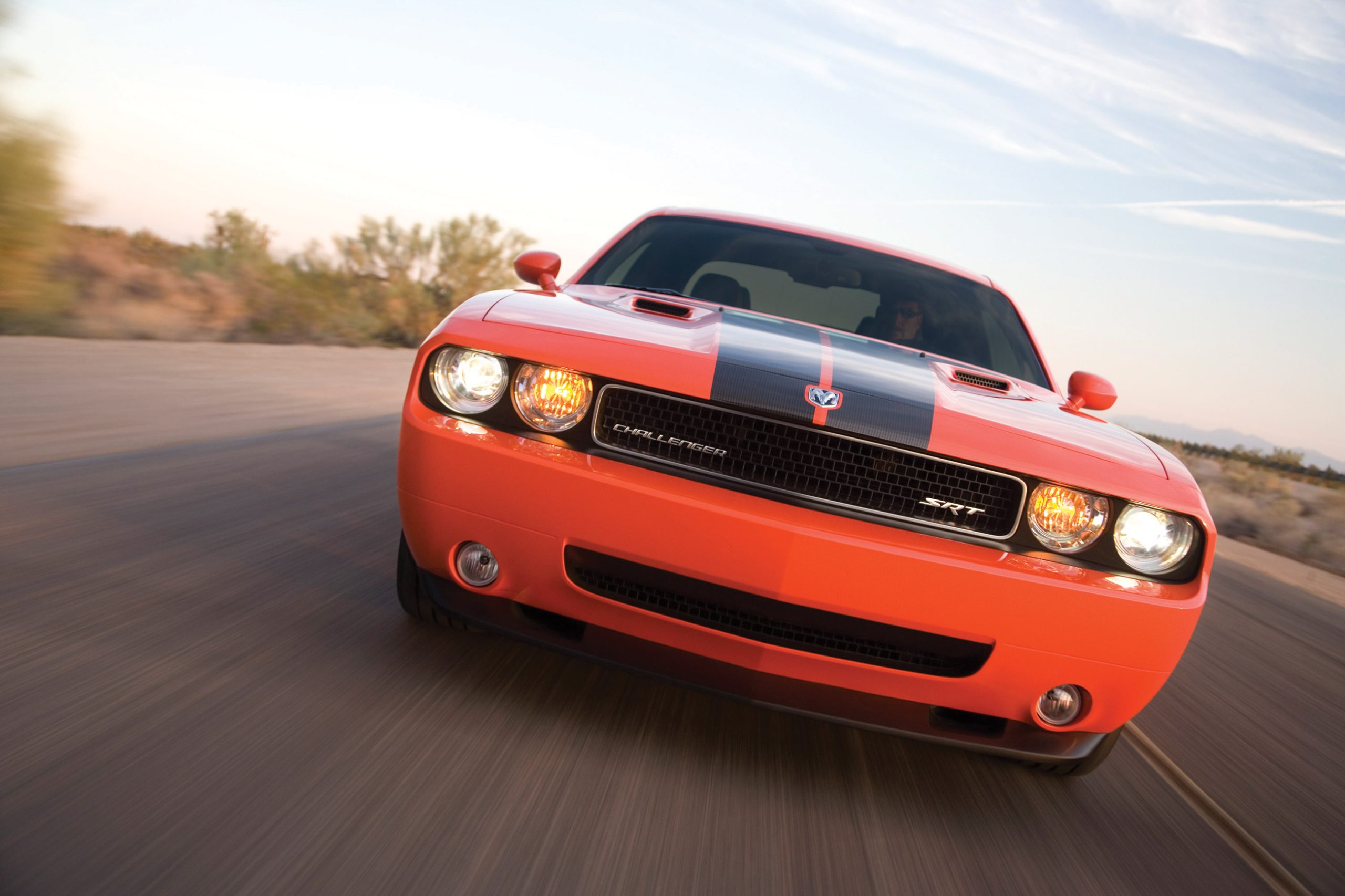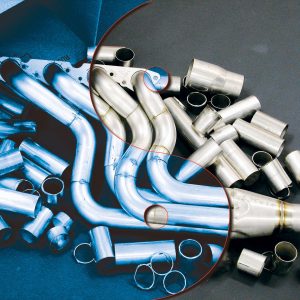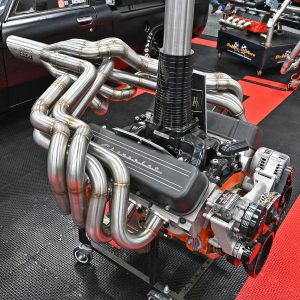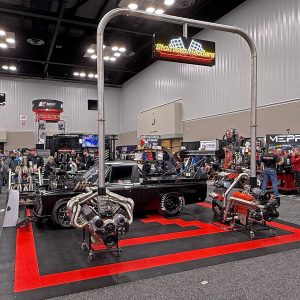


THE AUTO BUILDER
Featured


Zen and the Art of Building Headers

Hardin Marine Dual-Stage Swirl-Away Sea Strainer
- All Post
- 20 High Priority - SR Super Rod
- Builds
- 25 High Priority - FB Ford Builder
- Cars
- 30 High Priority - AR American Rodder
- 01 Post Status
- 35 High Priority - RD Rodders Digest
- 40 High Priority - OTR On the Road
- 45 High Priority - SRB Street Rod Builder
- 50 High Priority - TB Truck Builder
- 55 High Priority - BSCENE Buckaroo Scene
- 60 High Priority - FPB Family Power Boat
- Trucks
- Swaps
- Performance Boats
- _000 Home Sliders
- Builders
- 00 Sidebars
- Manufacturers
- 05 High Priority - HCI Hot Compact Imports
- 05 Publications
- 10 High Priority - CR Chevy Rumble
- Back
- Chassis
- Engine
- Fuel System
- Electrical
- Exhaust
- Transmission / Drivetrain
- Suspension
- Steering
- Brakes
- Wheels and Tires
- Interior
- Exterior
- Accessories
- Power Adders
- Back
- Chassis
- Engine
- Fuel System
- Electrical
- Exhaust
- Transmission / Drivetrain
- Suspension
- Steering
- Brakes
- Wheels and Tires
- Interior
- Exterior
- Accessories
- Power Adders
- Back
- Chassis
- Engine
- Electrical
- Exhaust
- Fuel System
- Transmission / Drivetrain
- Suspension
- Steering
- Brakes
- Wheels and Tires
- Interior
- Exterior
- Accessories
- Power Adders
- Back
- Chassis
- Engine
- Electrical
- Exhaust
- Fuel System
- Transmission / Drivetrain
- Suspension
- Steering
- Brakes
- Wheels and Tires
- Interior
- Exterior
- Accessories
- Power Adders
- Back
- Chassis
- Engine
- Fuel System
- Electrical
- Exhaust
- Transmission / Drivetrain
- Suspension
- Steering
- Brakes
- Wheels and Tires
- Interior
- Exterior
- Accessories
- Power Adders
- Back
- Chassis
- Engine
- Fuel System
- Electrical
- Exhaust
- Transmission / Drivetrain
- Suspension
- Steering
- Brakes
- Wheels and Tires
- Interior
- Exterior
- Accessories
- Power Adders
- Back
- Chassis
- Engine
- Fuel System
- Electrical
- Exhaust
- Transmission / Drivetrain
- Suspension
- Steering
- Brakes
- Wheels and Tires
- Interior
- Exterior
- Accessories
- Power Adders
- Back
- Engine
- Fuel System
- Electrical
- Outdrives
- Steering
- Interior
- Accessories
- Power Adders
- Exterior and Hull
- Back
- Chassis
- Engine
- Electrical
- Exhaust
- Fuel System
- Transmission / Drivetrain
- Suspension
- Steering
- Brakes
- Wheels and Tires
- Interior
- Exterior
- Accessories
- Power Adders
- Back
- Chevrolet
- Cadillac
- Pontiac
- AMC
- Buick
- Jeep
- Lincoln
- Ford
- Honda
- GMC
- BMW
- Mitsubishi
- Dodge
- Nissan
- Chrysler
- Subaru
- Toyota
- Plymouth
- Mercury
- Volvo
- Volkswagen
- Oldsmobile
- Acura
- Back
- 05 Pub HCI Hot Compact Imports
- 15 Pub 4x4 4x4 Builder
- 20 Pub SR Super Rod
- 25 Pub FB Ford Builder
- 30 Pub AR American Rodder
- 35 Pub RD Rodders Digest
- 40 Pub OTR On the Road
- 55 Pub BSCENE Buckaroo Scene
- 10 Pub CR Chevy Rumble
- 50 Pub TB Truck Builder
- 60 Pub FPB Family Power Boat
- 45 Pub SRB Street Rod Builder
- Back
- Chip Foose
- Ring Brothers
- Jack Fuller
- Bob Cullipher
- Jerry Nichols
- Bobby Alloway
- Jesse James
- Carl Casper
- J.F. Launier
- Steve Sellers
- Boyd Coddington
- Rad Rides by Troy
- Cal Auto Creations
- George Barris
- West Coast Customs
- Back
- Street Rods
- Hot Rods
- Late Model
- Drag Race
- Handling
- Compact Cars
- Chassis
- Engine
- Fuel System
- Electrical
- Exhaust
- Transmission / Drivetrain
- Suspension
- Steering
- Brakes
- Wheels and Tires
- Interior
- Exterior
- Accessories
- Power Adders
- Chassis
- Engine
- Fuel System
- Electrical
- Exhaust
- Transmission / Drivetrain
- Suspension
- Steering
- Brakes
- Wheels and Tires
- Interior
- Exterior
- Accessories
- Power Adders
- Chassis
- Engine
- Electrical
- Exhaust
- Fuel System
- Transmission / Drivetrain
- Suspension
- Steering
- Brakes
- Wheels and Tires
- Interior
- Exterior
- Accessories
- Power Adders
- Chassis
- Engine
- Electrical
- Exhaust
- Fuel System
- Transmission / Drivetrain
- Suspension
- Steering
- Brakes
- Wheels and Tires
- Interior
- Exterior
- Accessories
- Power Adders
- Chassis
- Engine
- Electrical
- Exhaust
- Fuel System
- Transmission / Drivetrain
- Suspension
- Steering
- Brakes
- Wheels and Tires
- Interior
- Exterior
- Accessories
- Power Adders
- Chassis
- Engine
- Fuel System
- Electrical
- Exhaust
- Transmission / Drivetrain
- Suspension
- Steering
- Brakes
- Wheels and Tires
- Interior
- Exterior
- Accessories
- Power Adders
- Back
- 05 Post Imported
- 20 Post Missing Images (All)
- 25 Post Missing Images (Partial)
- 15 Post In Progress
- 30 Post Internal Review
- 40 Post On Hold
- 50 Post Approved
- 10 Post Images Imported
- 17 Post Missing TXT Files
- 18 Post Missing PDF Files
- 27 Post Missing Content
- Back
- Chassis
- Engine Swaps
- Interior Swaps
- Driveline
- Back
- Street Trucks
- OffRoad Trucks
- Chassis
- Engine
- Fuel System
- Electrical
- Exhaust
- Transmission / Drivetrain
- Suspension
- Steering
- Brakes
- Wheels and Tires
- Interior
- Exterior
- Accessories
- Power Adders
- Chassis
- Engine
- Fuel System
- Electrical
- Exhaust
- Transmission / Drivetrain
- Suspension
- Steering
- Brakes
- Wheels and Tires
- Interior
- Exterior
- Accessories
- Power Adders
- Back
- 01 Sidebar Left
- 01 Sidebar Right
Spotlighter
POPULAR READS
TIME Challenger
Borrowing From the Past, This Newcomer Is All About the Future, Serving Notice on Both the New Camaro and the New Mustang
Author

Stephen K. Anderson
Photography: Courtesy of Chrysler Corporation
Editor’s Note: Looking back at this 2008 write-up, it’s clear that the 2009 Dodge Challenger was a game-changer for the muscle car market. With its perfect mix of retro styling and modern performance, it captured the attention of both enthusiasts and collectors, quickly proving that Dodge had successfully revived a classic. The Challenger not only paid tribute to its 1970s roots but also redefined what a muscle car could be, sparking a new era of competition with the Mustang and Camaro. It’s no surprise that this model became an instant success and solidified the Challenger’s place in automotive history.
A New Challenger for a New Generation
Born of history but fueled by passion, the iconic Challenger is back and ready to take on new frontiers with fresh concepts lined in fanciful yet familiar contours. One look and the lineage of one of the most cherished and valued Challengers of all, those built in 1970 and 1971, becomes obvious. Better still, beyond this familiarity lies a fresh face tuned to our times with all-new proportions in keeping with a modern adaptation of times gone by.
The Challenger’s Legacy and Market Position
The last time the Challenger and its slightly shorter Plymouth ’Cuda stablemate first rolled into view, the streets were lined with well-established pony cars supported by a continual barrage of marketing and racing. And while the Challenger showed promise, within two years, environmental issues and consumption concerns pulled the teeth out of automotive performance, leaving Mustangs, Camaros and the aforementioned Mopars out in the cold. The muscle car was dead, or so we thought.
Chrysler’s Ambition for the New Challenger
This time around, while the molds are still hot, Chrysler is going all out to gain maximum exposure for its new rendition of one of the most savored and anticipated muscle cars in history. Everyone from the management down to the lug nuts is looking to make this new Challenger even more intriguing than its predecessor, and there is a lot riding on the endeavor.
The Competition: Mustang and Camaro
It should come as no surprise that the latest Mustang has in some part re-created today’s muscle car niche, much as it started the movement in the mid-’60s, selling strongly in all segments, including the enthusiast market. However, after several years of exposure, there are so many variations on the road that the Mustang has lost some of its original snap, although many still consider it one of the slickest designs on the road today.
Meanwhile, legions of Chevy fans await the new Camaro, which, like the Challenger, debuted some time ago, before the Challenger. The real question now is which of these two modern-day revivals will make its appearance first, and of course, which can outperform the other as well as the current batch of mighty Mustangs.
Powerful Engine Options for the New Challenger
While it’s been rumored that Chevy’s Camaro SS will reel in competition with a supercharged version of an LS-series engine, following in the rubber tracks of pressurized Mustangs, the Challenger should live up to its heritage with a highly advanced and still familiar drivetrain. While the 426 Hemi was one of six engine packages offered in 1970 and eight in 1971, there will be four engine packages available for the new Challenger, including a powerful new 6.1-liter V-8 Hemi that powers other SRT8 Dodges.
Offering in the neighborhood of 425 hp at 6,200 rpm and 420 lb-ft of torque, this newly revised 6.1 Hemi should surpass the performance of similarly optioned Chargers, Magnums and Chrysler 300s, with 0-60 times in the upper-4-second range, 13-second quarter-miles and a top speed of 174 mph. Fitted with a dual-mass forged-steel crankshaft, floating-pin pistons, special street camshafts and CNC-ported cylinder heads, every Hemi, regardless of size, has been engineered to return excellent reliability through durability.
Transmission and Gear Ratios for Enhanced Performance
While equipped with an extremely capable Tremec TR6060 six-speed manual such as those used in 600hp Vipers, different gear ratios were chosen for the SRT8 Challenger that better suit this car’s weight and performance parameters. While on one side of the pedal these numbers seem conservative for the SRT8 Challenger, it’s nice to know these notable gains are realized along with a 5 percent increase in fuel efficiency, thanks to variable cam and valve timing.
Challenger R/T: A More Sedate Ride
For those looking for a more sedate ride, Dodge Challenger R/T models will come with a 5.7-liter Hemi producing 375 hp at 5,800 rpm and 404 lb-ft of torque at 4,200 rpm when ordered with a six-speed manual, and 370 hp and 398 lb-ft of torque with the five-speed automatic. For those more interested in style than performance, there’s an SE edition running a 3.5-liter V-6 fitted with a four-speed automatic. Generating 250 hp at 6,400 rpm and 250 lb-ft of torque at 3,800 rpm, this package still performs well while returning a respectable 25 mpg.
Chassis and Suspension: Advanced Engineering for Handling
It probably comes as no surprise that the Challenger shares its platform with all three of the aforementioned Mopars, as this is required to achieve efficient product integration. Its unibody construction provides a rigid foundation for the stamped box lateral segment integrated with a hydroformed steel suspension cradle supporting the multilink short-and-long-arm (SLA) front suspension. Both lightweight and stiff, this approach returns exceptional noise and vibration isolation.
In back, the SRT8 Challenger leaves the solid axles of old behind in favor of a five-link independent suspension that returns far better handling and surprising ride quality. At each corner, 20×9-inch forged alloy wheels will apply this advanced geometry through large P245/45ZR20 Goodyear RS-A or F1 Supercar performance tires, while sizable four-piston Brembo rotors and calipers keep performance in check. R/T models come fitted with two-piston aluminum calipers, while SE Challengers scrub off speed with single-piston calipers and vented rotors.
Safety Features and Performance Enhancements
Beyond the intricacies of the chassis are computerized safety systems designed to make the most of any driver, including all-speed traction and stability control, Brake Assist and ABS brakes that enable this car to run on the edge without going over it. Those looking for more capability can opt for the Stage I performance coilover suspension package designed to lower the car considerably, thereby improving cornering and braking stability. Add strut-tower braces to remove body flex around the nose and this revolutionary Challenger is ready for all comers.
Interior Features: A Modern Interpretation of Classic Design
Certainly one of the best places to enjoy the ride is behind the wheel of this new Mopar, as designers went to great lengths laying out this modern interpretation of the original Challenger. Chrome-ringed instruments fall within the forward view just past the stylized steering wheel, replete with various controls for remote operation of the audio systems and cruise control. Other features include one of two Bose Acoustics premium audio systems, MP3 and iPod interface and other unique features. Of these, the EZ Entry, Keyless Go, and Remote Start options for Challengers equipped with automatics are sure to be some of the most popular choices. While each of the Challenger models comes equipped with dark slate-gray leather seating, SRT8 models feature exclusive trim work to identify it as the top dog.
Accessories and Customization Options
Other accessories likely to be ordered by enthusiasts include an aluminum ram-air hood, a cold-air intake, long-tube headers with automatic transmissions, a cat-back exhaust system, special Challenger graphics and many other items balanced between want and need.
The Challenger’s Striking Appearance
While performance and comfort are certainly prime concerns for potential buyers, it’s the appearance of the new Challenger that will ensure its popularity, so Dodge had several designers submit concepts that reached beyond most corporate limitations. In the end, Michael Castiglione’s concept raised the corporate thumbs, as it expanded on the contours of the original Challenger while advancing the approach to meet modern expectations. This time around, the slab-sided body panels dominate the design beneath a smaller greenhouse, exaggerating this car’s gravitational pull. From the front, there’s no missing the Challenger’s reminiscent grille, set back just enough to tuck the headlights up beneath the brow of the hood for a truly sinister look. At the opposite end, full-width taillights recollect the appearance of the car’s predecessor and step it up a notch with technical advances. Add the signature racing-style gas cap, trick exhaust tips, optional Challenger graphics and other unique details, and there’s no mistaking the formidable contours of this handsome interpretation of one of the most popular muscle cars of all time.
Conclusion: The 2009 Challenger’s Impact
Due for release soon, the ’09 Challenger will almost certainly cement its place in the hearts of performance enthusiasts with a solid combination of a proven drivetrain, a highly advanced chassis and cutting-edge lines both inside and out. It is, without question, a natural extension of Challengers past, and at the same time, it is an entirely new rendition that will almost certainly earn its own place in the hearts of car enthusiasts everywhere.














